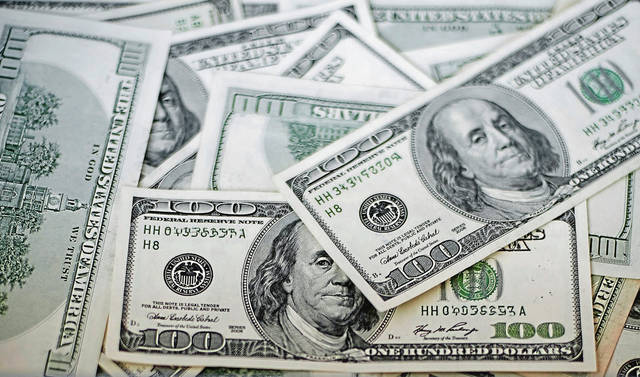While hefty stimulus payments have been the focus of the $1.9 trillion American Rescue Plan, parents can expect to see even more money over the course of the next year.
The plan expands the Child Tax Credit to ensure more parents get more cash and get it sooner than they otherwise would.
Here are five things to know about the credit and how it has changed:
What is the Child Tax Credit?
The Child Tax Credit provides parents with a sizable tax break for each of their children. It was established in 1997 and expanded several times, most recently in 2018, when the maximum credit was doubled from $1,000 to $2,000.
How did the stimulus package affect the Child Tax Credit?
First, the maximum payment has gone from $2,000 per dependent younger than 17 to $3,600 for dependents younger than 6 and $3,000 for dependents younger than 18.
Second, the credit has been made available to more low-income filers. Previous versions of the tax credit set a minimum income threshold — individuals making less than $2,500 a year did not qualify. Couples making between $2,500 and $30,000 received only partial credit. The expansion removes these minimums to ensure low-income families receive the maximum payment.
Finally, it makes the credit fully refundable. That means that even if families pay less in taxes than the value of the credit, they will get the full amount in the tax refund. The previous version of the credit was only partially refundable. Higher earners were eligible for a larger refund, with a maximum refund of $1,400 per child.
When will parents get the money?
Previous versions of the credit were included in recipients’ tax refunds, but this year parents will get some of the money in monthly installments, starting this summer.
The IRS will send out monthly payments from July through December. These payments won’t cover the full value of the credit; the rest will be included as a lump sum in filers’ 2021 taxes.
What about high earners?
The full credit is available to those making less than $75,000 a year and couples earning less than $150,000. Those earning more than that will see benefits gradually decline based on income. Individuals making more than $95,000 and couples making more than $170,000 will receive $2,000 per child, the same they would have received last year.
As with previous versions of the credit, individuals making more than $200,000, or couples making more than $400,000 will receive progressively less than $2,000 depending on their incomee. Individuals making more than $240,000, or couples making more than $480,000, will not receive a child tax credit.
Is the expansion temporary?
For now. The legislation as written expands the credit only for 2021. However, some legislators — such as Senate Majority Leader Chuck Schumer of New York — have called to make the expansion permanent.








